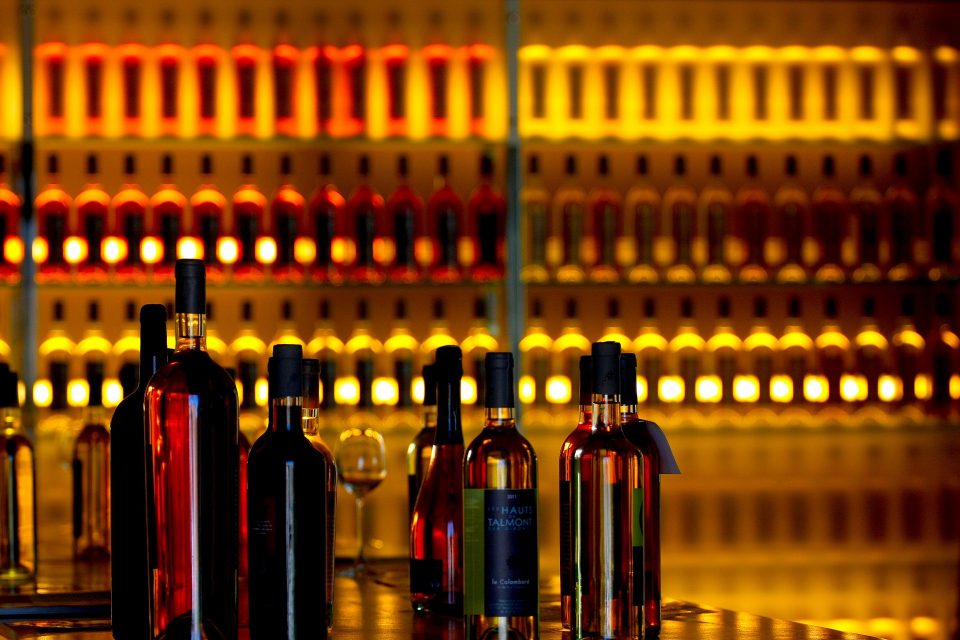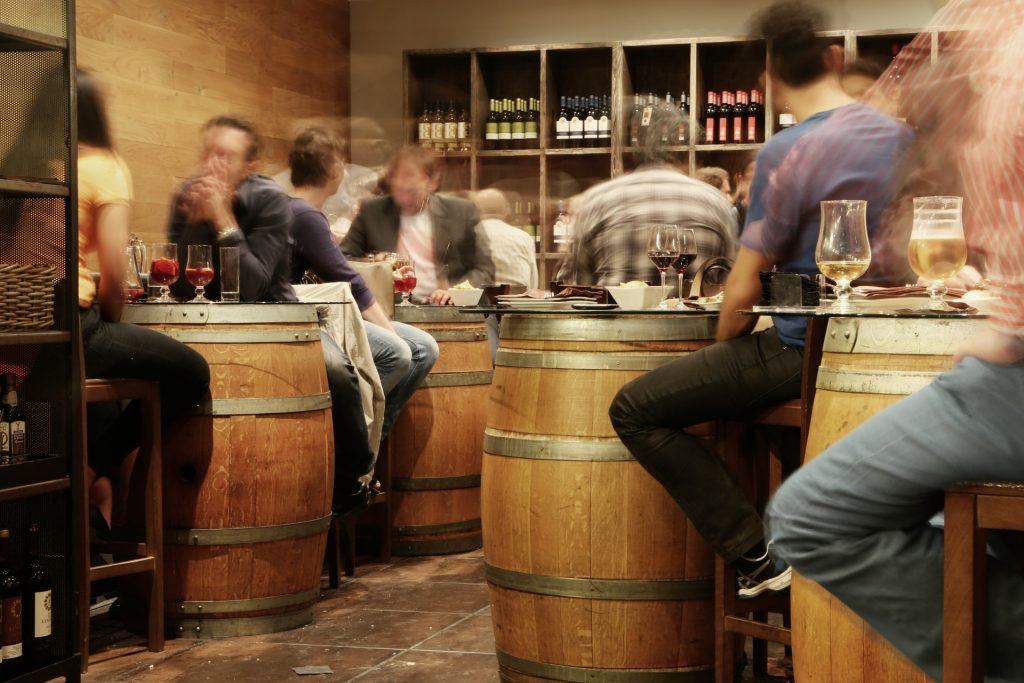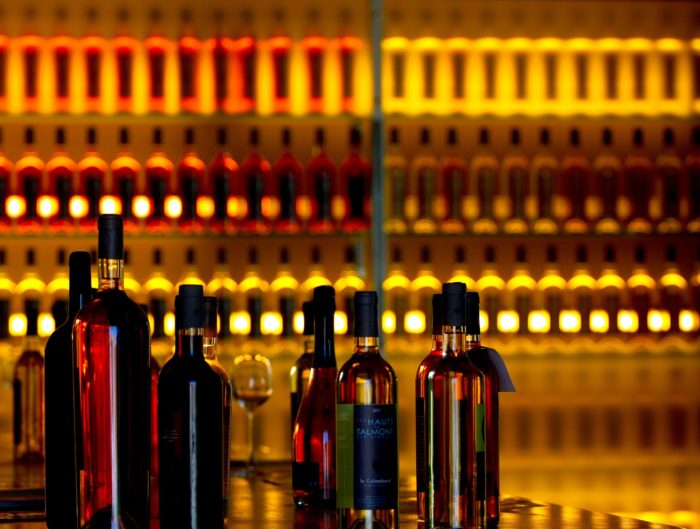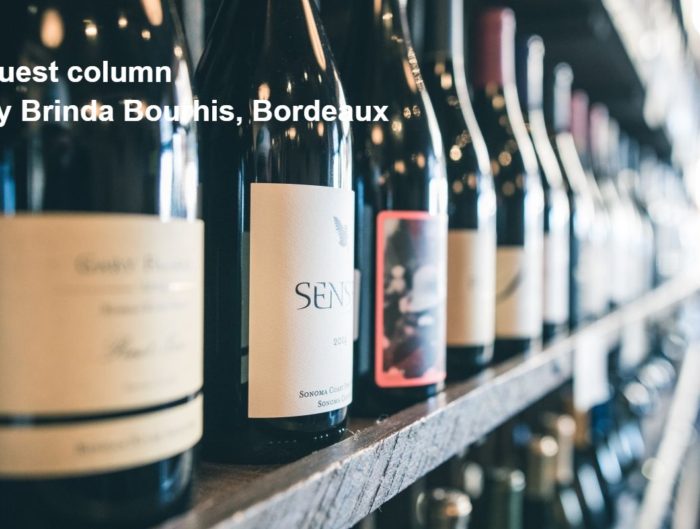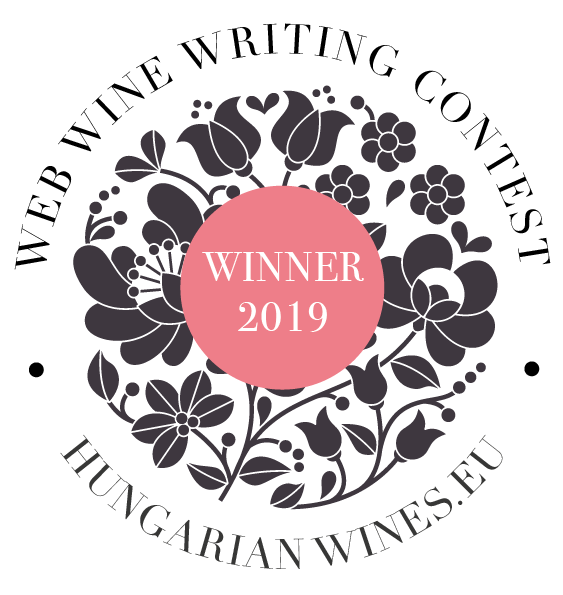Wondering about wine and spirits sales recovery post-COVID-19? There is much food for thought in these key takeaways from the recent Vinexpo-IWSR webinar
Vinexpo, in association with the IWSR presented a webinar on the current situation and future prediction of the alcoholic beverage industry in a post-COVID-19 scenario.
It was headlined The New Normal – Opportunities and Challenges for the wine industry around the Globe 2020-2024. The webinar, part of a new series of offerings on the industry by Vinexpo, sought to give insights into the increasingly uncertain future brought about by the pandemic.
Rodolphe Lemeyse, CEO Vinexpo introduced the presentation by the CEO ofmarket research and analysis firm the IWSR, Mark Meek. “The world was in a pretty challenging place even before COVID,” he pointed out in his introduction. Tensions between nations, the prospect of tariff increases, and Brexit had already created an atmosphere of uncertainty, exacerbated by the pandemic when it hit in early 2020. “None of these issues have gone away, and will exist even after the crisis is over.”
When referenced against the economic crisis of 2008, the COVID-19 pandemic showed up as far vaster, more impactful on the industry. “There was a relatively shallow dip in 2008, and things quickly went back to growth in 2009. This time around, the crisis and recovery will be more severe. “Two key channels – the on-trade and the travel retail has either shut down completely or slowed down immensely.”
However, things will normalize. Only, no one knows when. “The world will go back into recovery mode, but it won’t be V-shaped, more ‘Nike swoosh’-shaped, as impact of COVID 19 on employment indicates a longer recovery period.
Beer: In UK alone, 50% of beer consumption was in bars. In 2019, growth slowed to +0.3% in volume consumption. But Meek expects beer to bounce back by 2023-24, the key driver being the continued success of the no/low-alcohol beer segment, which was the only segment in the category to achieve double-digit growth of +25.5% in 2019 over 2018.
Spirits: Showed decline, mainly impacted by the ‘steep decline’ in the baiju segment. “This decline will continue as the Chinese government has clamped down on low-end baiju production, and also consumers continued to trade up,” said Meek.
Again, the low/no-alcohol spirits segment was the only one to show double-digit growth. Overall, the segment is expected to recover to 2019 levels by 2024.
Ready-to-Drink: Here is a category that has shown ‘huge growth’ propelled by its growth in the US, along with the steep growth in interest in hard seltzers. “It is the fastest growing beverage alcoholic category in 2019, up +19.6% in volume and 18.6% by value, although it remains a small slice of the beverage alcohol market share.”
Wine: One of the most seriously-affected categories, said Meek. Long term decreases in wine consumption continued in 2019, posting a -1.1% volume decline (despite a premiumisation trend in some markets). In 2020 the category is expected to see a volume decline of -13.6%, and IWSR predicts the wine category will not recover until after 2024. Many factors are at play here. North-west Europe has shown a slowing down of -1.6% CAGR (2014-19). In 2019, the US wine consumption declined for the first time in 25 years.
Wine showed heavy losses in 2018 and failed to bounce back in 2019, declining further by -1.04% in 2019, weighed down by tariffs increases by governments. Younger consumers also seem to be moving away from wine to other beverage categories, added Meek. Wine production has also been hit by climate change and the pandemic. RTD (ready to drink) beverages have taken share from wine in several markets, predominantly due to its attractive packaging and youth appeal.
However, beverage ecommerce is dominated by wine and this is a fact that should drive the industry to double down in this area, he said.
Sparkling wine: The popular category saw “a minor blip” in 2018, and resumed growth in 2019 with a rise of +1.39% due to the steady growth in Prosecco sales. Champagne (-2% and Cava -1.1%) struggled against long term decline in some of their top markets.
Sparkling wine has been hardest hit by the COVID pandemic, mainly due to closure of on-trade channels and reduction in overall social interaction (read celebration). “It will not show growth, but a relatively benign or resilient trend,” said Meek, adding, “Most of Champagne consumption is in France, and usually in the second half of the year. As long as there is no second spike (COVID), it should follow trends. The gloomy forecast is not predicated on the first half (of 2020) – the second half will dictate its success in the near and medium term.” In 2020, the sparkling wine category will decline by -15%, but is likely to recover over the next 5 years, though the early appetite for category driver Prosecco seems to be flattening out in several markets, even as it recovers in others. Champagne, on the other hand, is expected to recover lost ground.
Market wise

Images: Qwee and Theo Rivierenlaan
Asia-Pacific has shown a decline of 11.4% in 2020 but if baiju is excluded, the volume decline drops to -10.8%. The region should recover to 2019 levels by 2024, with a volume CAGR of +0.2% (2019-24)
While wine still faces taste-related challenges in the low/no category, spirits has a real opportunity to show growth. However, IWSR has noticed “increasing propensity of the Chinese consumer for imported wine, and the decline is mainly related to local/Chinese wines.”
Europe (-0.4% CAGR 2019-24) has shown declining consumption in the last 5 years, though consumers are still trading up to better quality. Younger consumers are increasingly gravitating towards other categories of alcoholic and non-alcoholic beverages.
Moderation, health consciousness and premiumisation are trends that have affected volumes. Italy, Spain, France and the UK have been worst affected by COVID-19. However, the outlook is that consumption is likely to pick up from 2021.
The Americas (led by US trends)
Still and sparkling wine declined -0.7% in 2019. This decline was attributed to the incredible success of hard seltzers; younger consumers turning to other categories of beverages and imported categories being affected (tariffs etc). A post-COVID uptick in the wine segment is not expected. But there is real opportunity in looking at the growth of the RTD segment, and moderation-led movements, as well as packaging. Young consumers are conscious of the environmental footprint, and trends like paper bottles and increased bulk shipping will be the norm.
CIS markets (Commonwealth of Independent States)
A switch from spirits (especially vodka) towards still wines was observed, seen as trading up. This was especially evident in Russia, followed by Ukraine, Georgia and Azerbaijan.
South Africa
Pre-COVID economic issues led to a decline in all categories (SA being a major consumption market), this was exacerbated by the shutdown during the COVID-19 pandemic of export/import of wines which has had an impact.
Over all, for Africa, the IWSR was very enthusiastic in the pre-COVID scenario, but that enthusiasm has been “more subdued,” said Meek, especially since the full impact of the pandemic was yet to be felt entirely – whether on the economy, incomes or deaths. However, IWSR projects a rebound over the next years with a CAGR of +2.1% (2019-24).
France
Wine is losing out to high-frequency consumers are shifting towards other categories like gin.
Germany
Seen a dip in 2020, but that will flatten out in 2021, IWSR predicts.
The UK
The twin trends of ecommerce and premiumisation are the bright spots in this situation.
China
Local wine in ‘status-driven’ China has seen ‘plummeting demand’ in 2019, while imports fared better. Ecommerce was the only channel to grow in 2019, and now represents a whopping 30% of China’s total wine sales. Among other observations, it was seen that women in China prefer ‘healthier’ wine over spirits including baiju; Bordeaux was falling out of favour compared to wines from countries like Chile and Australia; and sparkling wine across categories is slated to see recovery from 2023.
China is in fact the biggest online market for all alcoholic drinks, with a turnover of US $8 billion in 2018, while e-commerce is over UD$21 billion across the top 10 core e-commerce markets, a figure that is in fact double that of the entire travel retail segment.
Other key observations on beverage trends:
With health concerns front of mind, organic wines will be a growing category, with natural and biodynamic wines place under ‘Underlying Trends”
Sparkling wine can shine in the low/no alcohol category.
Canned formats will grow as part of longer term impacts.
Reduction in business and leisure travel will impact the wine industry especially wine tourism.
On-trade shift will have long term impacts. Growth in retail and ecommerce channels cannot offset the losses from the on-trade.
There will be increased digital engagement
Work from home will majorly alter on-trade demand.
The outlook: The impact of COVID 19 will cause a steep downturn in 2020. Volume consumption of global beverage alcohol is expected to decline by almost 12% in 2020, after a (small) growth of 0.1% in 2019.
Long term recovery is expected to be slower than the initial bounce back… The IWSR forecasts it will take until 2024 for global beverage alcohol volume consumption to recover to 2019 levels.
However, it is not all gloom and doom. The IWSR with its experience of tracking the global beverage alcohol industry for over 40 years, comments that from all accounts, the industry had shown remarkable resilience in the past. It may do that again.

